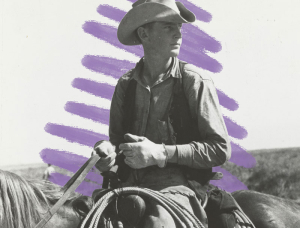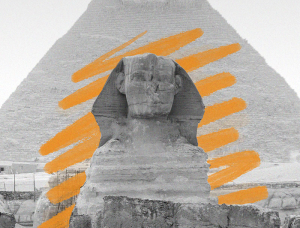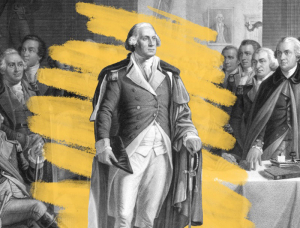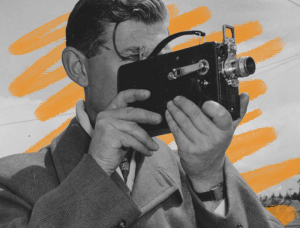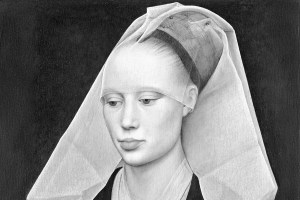50 Facts About the 1950s
- Elizabeth II’s coronation, 1952

Author Bennett Kleinman
November 19, 2025
Love it?1
The 1950s were among the most consequential decades in recent memory. The era introduced both revolutionary inventions such as color television and major milestones including the crowning of Queen Elizabeth II and the very first NASA astronauts. These years also saw unprecedented talents revolutionize the worlds of music, sports, and more.
Of course, not every aspect of the ’50s was quite so rosy. In the U.S., Cold War tensions and the threat of nuclear warfare loomed large over Americans, and the ongoing fight for equality and civil rights sought to dismantle the systemic discrimination that plagued society. Let’s take a look back at this pivotal era with 50 facts about the 1950s, covering everything from the end of World War II rations to the debut of Kermit the Frog.

Around 4 million American babies were born every year.
Post-World War II America saw a rapid increase in birth rates lasting from 1946 through 1964. It became known as the “baby boom,” and the 1950s were smack dab in the middle of it. During the ’50s, around 4 million babies were born every year in America, a sharp increase from the previous average of around 2.7 million births annually between 1910 and 1945.
The term “rock ’n’ roll” was first used on a Cleveland radio station.
Why is the Rock & Roll Hall of Fame located in Cleveland? Well, one reason is that a Cleveland DJ named Alan Freed coined the phrase “rock ’n’ roll” — at least publicly — on a 1951 radio broadcast. Freed hosted “The Moondog Rock & Roll House Party,” which popularized the name for the new up-tempo sound.
You may also like
More from our network
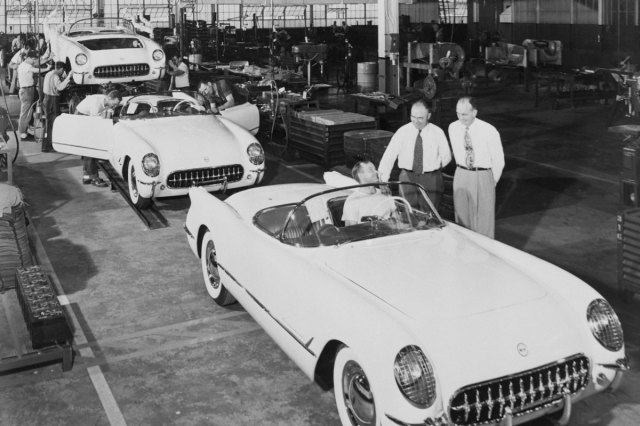
The Corvette muscle car made its debut.
On January 17, 1953, an iconic car made its debut: the Chevrolet Corvette. In a time when sports cars were designed and manufactured almost exclusively by European companies, this powerful and stylish all-American roadster quickly captured the hearts of car lovers around the country. Its sleek design, powerful engine, and storied history have solidified the Corvette’s reputation as an automotive legend and the coolest car in American pop culture.
Elizabeth II was crowned queen of England.
On February 6, 1952, following the death of her father, King George VI, the 27-year-old Princess Elizabeth was crowned queen of the United Kingdom. In the aftermath of World War II, her accession was depicted as the dawn of a “new Elizabethan age,” and she became a symbol for progress. In 2015, she became both the longest-reigning British monarch and the longest-reigning female monarch in history.
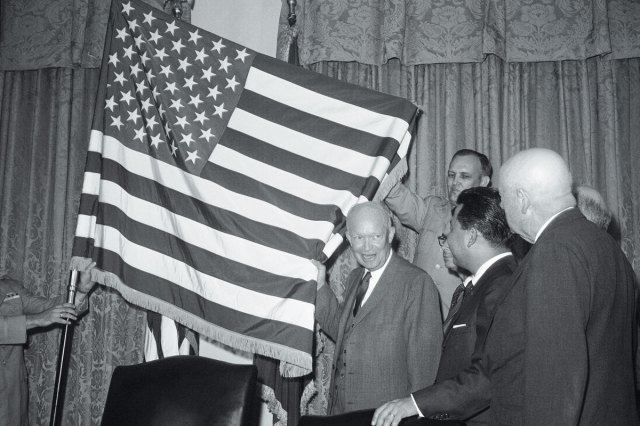
Hawaii became the 50th U.S. state.
On August 21, 1959, nearly eight months after its predecessor Alaska, Hawaii was admitted into the U.S. as the 50th state. The Hawaii Admission Act was signed into law by President Dwight D. Eisenhower, who concurrently issued an order redesigning the American flag to feature a new 50-star pattern.
J.R.R. Tolkien’s Fellowship of the Ring was published.
On July 29, 1954, English author J.R.R. Tolkien revolutionized the literary world with the publication of The Fellowship of the Ring, the first installment in his Lord of the Rings trilogy. This seminal fantasy series redefined fiction, as Tolkien crafted an expansive world known as Middle-earth, filled with deeply complex characters, detailed maps, and completely original language families such as Elvish.
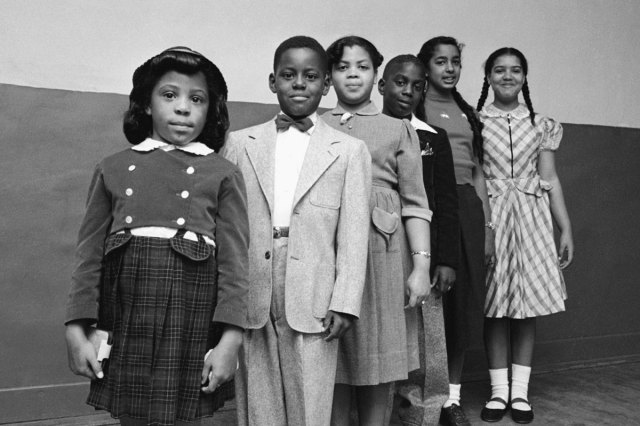
School segregation was outlawed by the Supreme Court.
On May 17, 1954, the U.S. Supreme Court ruled unanimously in favor of desegregating public schools in a landmark case that helped kick-start the civil rights movement, Brown v. Board of Education. The court ruled that “separate but equal” had no place in public education, and that school segregation violated the 14th Amendment.
Disneyland made its grand opening.
On July 17, 1955, Disneyland opened in Anaheim, California, 25 miles southeast of Los Angeles. The 160-acre amusement park was the culmination of Walt Disney’s dream to bring his on-screen world of fun and magic to life. More than 60 million people watched ABC’s live broadcast of the ceremonies, while parkgoers were thrilled to visit the 15 original attractions, including Sleeping Beauty’s Castle.
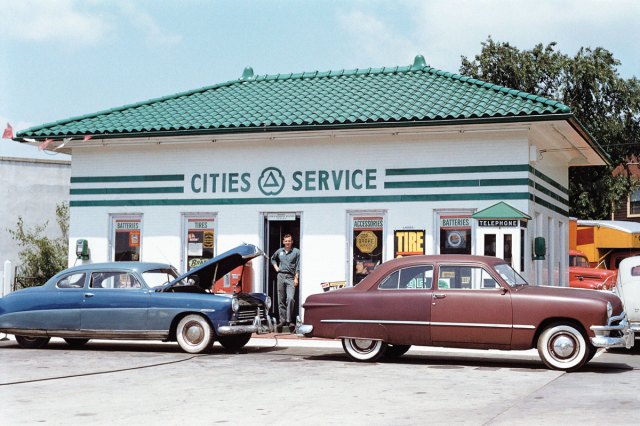
At the start of the 1950s, gas cost $0.27 per gallon.
According to the U.S. Department of Energy, the national average for the cost of gasoline remained steady for the first three years of the 1950s at $0.27 per gallon, increasing as the decade pressed on. That low price might sound practically idyllic, but adjusted for inflation, it equates to about $3.52 per gallon in today’s dollars.
There was an onion craze on the stock market.
The humble onion was the subject of a stock market scam in 1955. Onion futures became the Chicago Mercantile Exchange’s most traded commodity after two investors launched a get-rich-quick scheme and bought 30 million pounds of onions with a plan to short sell the vegetable. The fiasco led to the Onion Futures Act, which made it illegal to trade the pungent allium on the stock market.

Berry Gordy Jr. founded Motown Records in Detroit.
With only an $800 loan from his family’s savings, Berry Gordy Jr. founded Tamla Records in Detroit, Michigan, on January 12, 1959. Within a year, it was incorporated with another name: Motown. A portmanteau of “motor town” — a nickname for Detroit — the name was strangely fitting as Motown Records quickly became a hits factory, creating the R&B and soul soundtrack to 1960s America.
Rosa Parks was arrested for not giving up her bus seat in Alabama.
An act of dissent on December 1, 1955, elevated seamstress Rosa Parks to a prominent figure in the Civil Rights Movement. When a bus driver ordered the 42-year-old Parks and other Black riders to relinquish their seats to white riders, Parks declined and was arrested. After hearing about her case, Martin Luther King Jr. helped initiate the Montgomery bus boycott.

Allen Ginsberg read “Howl” for the first time.
A counterculture icon of the 1950s and ’60s, Allen Ginsberg is perhaps best remembered for his confessional-style poem “Howl,” which he read for the first time on October 7, 1955. Nowadays, “Howl” is considered one of the most important works of American literature and stands out as a vivid depiction of life in the Beat Generation through the eyes of one of its most daring artists.
First Lady Mamie Eisenhower popularized the pink bathroom trend.
Mamie Eisenhower, who served as U.S. first lady from 1953 to 1961, was so tickled by the color pink that her favorite shade was nicknamed “Mamie Pink.” It wasn’t just her dresses that were rosy, however, as she adorned so much of the White House residence in the color that reporters called it “the Pink Palace.” That included the bathroom, beginning a trend that can still be seen in midcentury-era homes today.
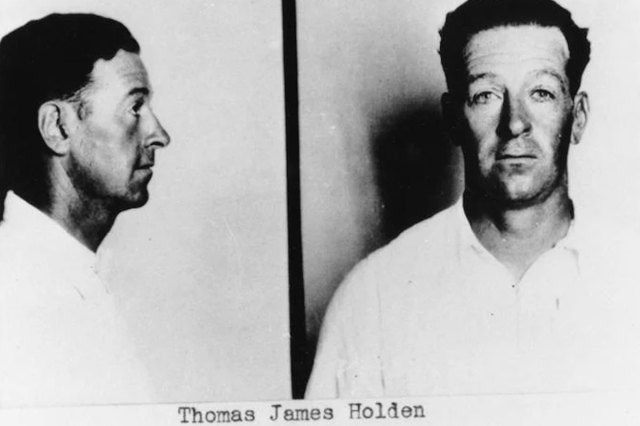
The FBI debuted its “Ten Most Wanted Fugitives” list.
On March 14, 1950, the FBI unveiled its first “Ten Most Wanted Fugitives” list. Bank robber Thomas James Holden topped this inaugural list, leading to his eventual arrest after a Beaverton, Oregon, resident recognized Holden’s photo in the local paper.
Hurricanes were formally given names for the first time.
In an effort to help easily distinguish simultaneous hurricanes and tropical storms, the U.S. Weather Bureau adopted a naming convention on September 9, 1950. The first storm to be given an alias was Tropical Storm Fox, since “F” is the sixth letter in the alphabet and it was the sixth storm that season.

CBS broadcast the first color television program.
In June 1951, CBS broadcast the first-ever color television program — a special event titled “Premiere,” which featured a presentation of vibrant oil paintings, a ballet performance of Ravel’s “La Valse,” and puppeteer Bil Baird’s colorful marionettes. However, commercial production of color sets didn’t begin until September that year, so this initial broadcast was available only to prototype TV models.
President Harry S. Truman fired General Douglas MacArthur.
During the Korean War, General Douglas MacArthur — a top commander during World War II — and President Harry S. Truman disagreed about how to handle the conflict. After MacArthur publicly challenged the president’s policy of limited war in Korea, Truman fired the general on April 11, 1951.

The United Nations headquarters opened in New York City.
The United Nations opened its New York City headquarters on January 9, 1951, providing the global peacekeeping organization with a permanent headquarters six years after it was founded. Construction on the 39-story building began in 1949, and work continued into the following year.
Big Mama Thornton recorded “Hound Dog” — four years before Elvis Presley.
Four years before Elvis recorded his famous rendition of “Hound Dog,” the song was performed for the first time by Willie Mae “Big Mama” Thornton in 1952. Her version of the song topped the Billboard R&B chart for seven weeks in 1953, selling nearly 2 million copies.
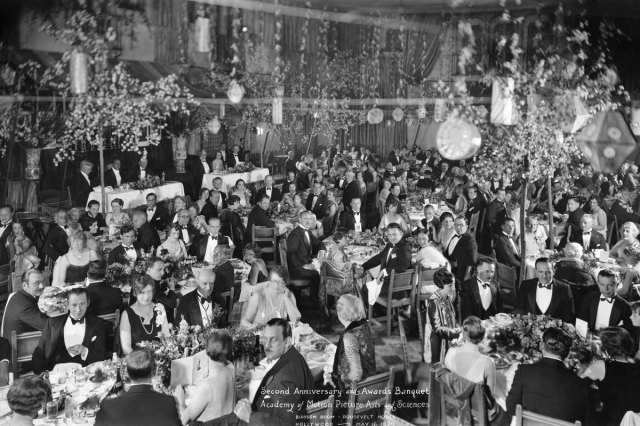
The Academy Awards were broadcast on television for the first time.
The first 24 Oscar ceremonies were untelevised, but that changed on March 19, 1953, when the 25th Academy Awards were broadcast live on NBC television and radio. That year, The Greatest Show on Earth took home the Oscar for Best Motion Picture.
Watson and Crick discovered the double helix structure of DNA.
Scientists James Watson and Francis Crick spent the early 1950s researching the structure of DNA, publishing their double helix theory in Nature on April 25, 1953. This discovery provided the scientific community with valuable insight into how genetic information is stored and replicated, leading to major breakthroughs in biogenetics. Their breakthrough was made possible by the work of English chemist Rosalind Franklin, whose X-ray photos of DNA provided crucial evidence of its helical structure.

Tenzing Norgay and Edmund Hillary became the first people to summit Everest.
On May 29, 1953, Nepalese mountaineer Tenzing Norgay and New Zealand explorer Edmund Hillary became the first people to summit Mount Everest, Earth’s highest peak. It was later revealed in Norgay’s 1955 autobiography that Hillary technically took the first steps onto the summit.
Britain ended World War II-era food rationing after 14 years.
Britain’s wartime food rationing began on January 8, 1940, four months after the start of World War II. Despite the war ending in 1945, food rationing continued in Britain for nearly a decade, until July 4, 1954, when the final restrictions were lifted on purchasing meat and bacon. This extension helped the U.K. restore its economy, which was devastated in the wake of the conflict.

Ellis Island closed its doors after processing more than 12 million immigrants.
On January 1, 1892, an Irish teenager named Annie Moore became the first U.S. immigrant to arrive at Ellis Island in New York City. The facility processed more than 12 million immigrants arriving at New York Harbor before finally closing its doors in November 1954.
The world’s first nuclear-powered submarine entered U.S. naval service.
The first nuclear-powered submarine in history was launched from Groton, Connecticut, in January 1954. The sub, called the U.S.S. Nautilus, later entered official naval service on September 30.
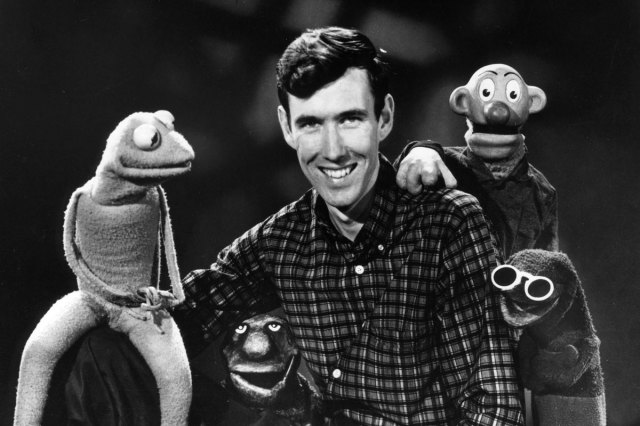
Kermit the Frog debuted on local television.
Long before he became a globally recognized character, Kermit the Frog made his debut on local television in Washington, D.C., in 1955. He appeared on creator Jim Henson’s Sam and Friends TV show, predating his appearances on Sesame Street by 14 years.
Sony began selling the first pocket-sized transistor radio.
Personal radios were once bulky devices, with early “portable” models weighing as much as 60 pounds. That all changed in 1955, when Sony began selling the TR-55 in Japan, which weighed a little more than 2 pounds and measured just 5.5 inches long. The pocket-sized device paved the way for the many smaller and more portable music players to come.
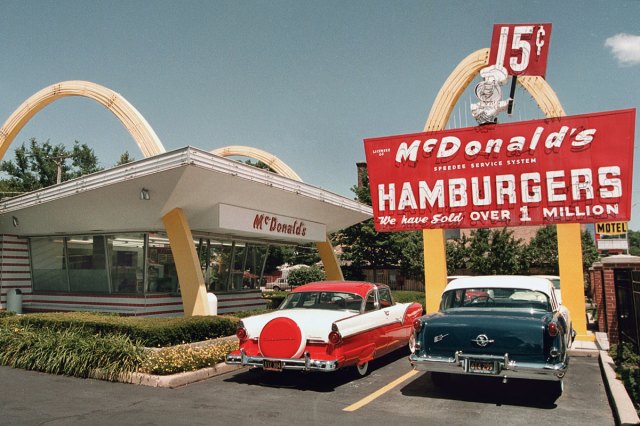
Ray Kroc opened his first McDonald’s franchise.
Ray Kroc became president of McDonald’s in 1955, and soon took the fast-food chain to new, unprecedented heights. On April 15, 1955, Kroc opened his first McDonald’s franchise in Des Plaines, Illinois, six years before acquiring the entire company in 1961. By the time of his death in 1984, McDonald’s was the largest fast-food chain in the world.
The first modern indoor shopping mall opened its doors.
The Southdale Center is considered the first modern indoor shopping mall in the U.S. It revolutionized the way people shopped — instead of a stand-alone department store, the 80,000-square-foot complex featured a large central atrium with two floors of shops, massive department stores anchoring the complex at both ends, and thousands of surrounding parking spots. It opened in 1956 in the small Minneapolis suburb of Edina.

An undefeated Rocky Marciano retired from boxing with a record of 49-0.
Rocky Marciano was the world heavyweight boxing champion from September 23, 1952, until his retirement on April 27, 1956. During his prolific career, Marciano racked up a perfect 49-0 record with 43 knockouts.
“In God We Trust” became the United States’ official motto.
On July 30, 1956, President Dwight D. Eisenhower signed law P.L. 84-140, establishing “In God We Trust” as America’s official motto. The law also mandated that the phrase be printed on all paper U.S. currency.
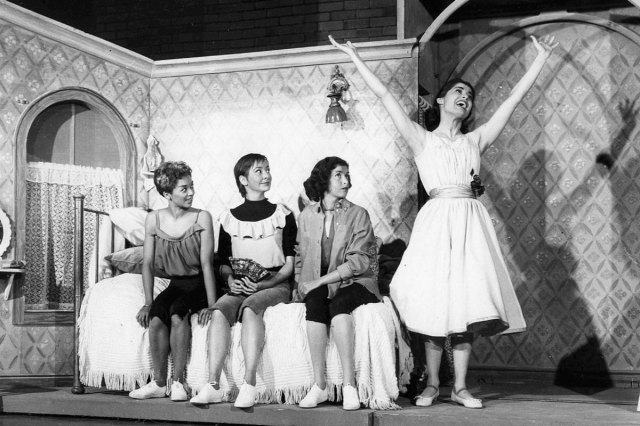
West Side Story opened on Broadway.
The original Broadway production of West Side Story opened on September 26, 1957, with music by Leonard Bernstein and lyrics by Stephen Sondheim. This initial run won two Tonys and featured 732 performances before closing on June 27, 1959.
Dalip Singh Saund was sworn in as the first Asian American in Congress.
Dalip Singh Saund was sworn into office on January 3, 1957, representing California’s 29th District. He was the first Asian American and first Indian American, as well as the first Sikh, to be elected to the United States Congress.

Dwight D. Eisenhower became the first U.S. president to ride in a helicopter.
On July 12, 1957, President Dwight D. Eisenhower took to the skies inside a Bell H-13J helicopter. The flight was meant to simulate the president’s evacuation during a nuclear event, and it also made Ike the first-ever POTUS to ride in a chopper.
Prince, Madonna, and Michael Jackson were born less than three months apart.
Three of the most prolific pop musicians of all time were born in 1958 over a three-month period. Prince was born on June 7, Madonna on August 16, and Michael Jackson on August 29 that year.

The Hula Hoop debuted and sold 25 million units in just two months.
When Hula Hoops hit the market in 1958, they were an immediate sensation. The toy sold 25 million units over the first two months, and first-year sales reached $45 million (more than $500 million today).
The first Gold Record was awarded to Perry Como for “Catch a Falling Star.”
The Recording Industry Association of America (RIAA) awarded its first-ever Gold Record — marking 500,000 units sold — on March 14, 1958, to Perry Como for the tune “Catch a Falling Star.” In July that year, the cast album for Oklahoma!, starring Gordon Macrae, became the first Gold Album awarded by the RIAA.

The Dalai Lama began his exile.
After meeting with the Nechung Oracle (the Dalai Lama’s personal spiritual adviser) on March 17, 1959, the 14th Dalai Lama, Tenzin Gyatso, was advised to flee Tibet — which had been annexed by China in 1950 — and seek asylum. He escaped from the city of Lhasa in the middle of the night, and was granted asylum by the Indian government.
Nikita Khrushchev was barred from visiting Disneyland.
During a two-week tour of the United States in 1959, Soviet premier Nikita Khrushchev was barred from visiting California’s Disneyland. Authorities claimed they couldn’t guarantee the Soviet leader’s safety there, and so he wouldn’t be permitted to enter the park.
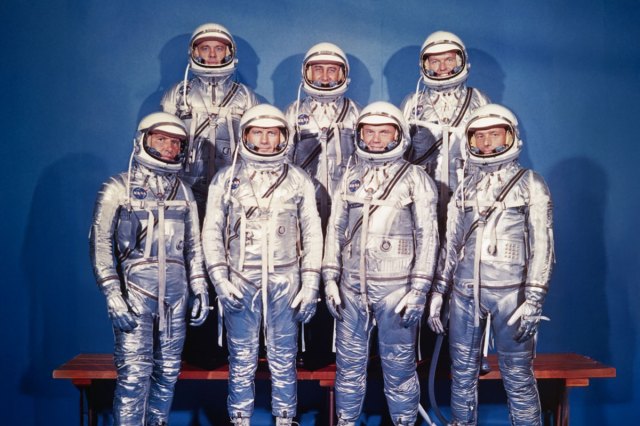
NASA introduced its first seven astronauts.
On April 2, 1959, NASA unveiled its very first astronauts — a group called the Mercury Seven. This septet included future U.S. Senator John Glenn as well as Alan Shepard, who became the first American in space two years later.
The PGA allowed Black golfers to compete for the first time.
On January 19, 1952, the Professional Golfers Association voted to allow Black golfers to compete in professional events. The color barrier was finally broken at that year’s Phoenix Open, with pro golfers Joe Louis, Bill Spiller, Ted Rhodes, and Eural Clark participating.
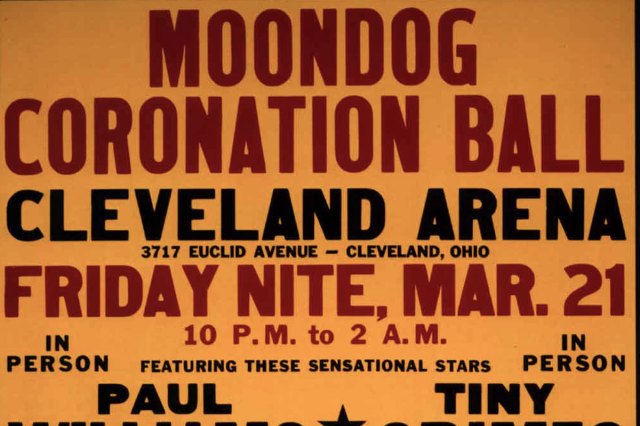
The first recognized rock concert was held in Cleveland, Ohio.
The Moondog Coronation Ball took place on March 21, 1952, at the Cleveland Arena in Ohio. Nowadays, it’s considered the first rock ’n’ roll concert in history, though it was shut down by police less than an hour into the event due to the overflow crowd breaking through the gates.
Charles M. Schulz published the Peanuts comic strip.
Over the course of five decades, artist Charles M. Schulz drew 17,897 Peanuts comic strips — good grief! The debut installment was published on October 2, 1950, in seven newspapers, including The Washington Post and Schulz’s hometown Minneapolis Tribune.

Millions of Americans watched Lucille Ball give birth on I Love Lucy.
Lucy Ricardo, one of the most beloved television characters of all time, became a mother on January 19, 1953, during season 2 of I Love Lucy. An estimated 17 million U.S. households had television sets at the time, and 72% of them were tuned to show the Ricardo family welcoming a new baby in the classic episode “Lucy Goes to the Hospital.”
The Chinchaga Firestorm caused the sun and moon to appear blue.
In 1950, a firestorm engulfed 3.5 million acres of Canadian forest — the biggest recorded fire in North American history. Thick smoke spread across more than half of the northern hemisphere, resulting in the sun and moon looking blue in parts of the U.S. and Europe.
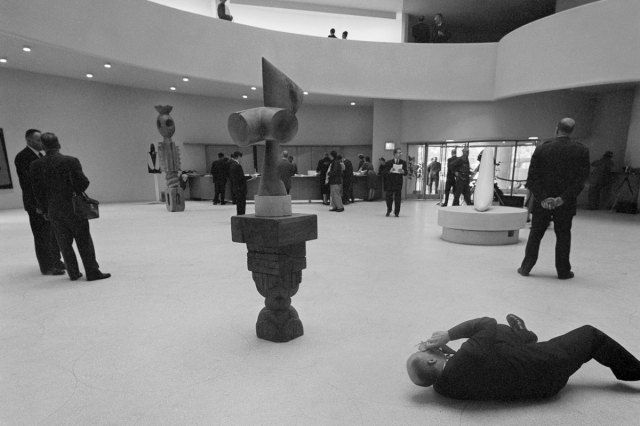
The Guggenheim Museum opened in New York City.
On October 21, 1959, one of the most acclaimed art institutions in the world opened its doors to the public. An architectural marvel designed by Frank Lloyd Wright, the Guggenheim invites art lovers to peruse the world-class collection while walking a six-story spiral ramp.
Barbie was introduced by Mattel.
Sporting a black-and-white swimsuit, high-heeled sandals, hoop earrings, and sunglasses, the first Barbie was unveiled on March 9, 1959, at the American Toy Fair in New York. Mattel sold 300,000 Barbies in the toy’s first year. The dolls became a global phenomenon, despite criticisms about their unrealistic physical proportions.

Only 29% of women participated in the workforce in 1950.
In alignment with the nuclear family mindset, most ’50s households consisted of a married couple, and typically only one spouse worked (generally the man). In 1950, only 29% of working-age women living in the U.S. held a job. By 1960, the number of working women rose from 16.5 million to nearly 22.5 million, a 35% increase.
Yankee Don Larsen pitched the only World Series perfect game.
Major League Baseball pitcher Don Larsen accomplished an unmatched athletic feat on October 8, 1956: pitching a perfect game in the World Series. The Yankees won the championship in seven games, and Larsen was named World Series MVP.
